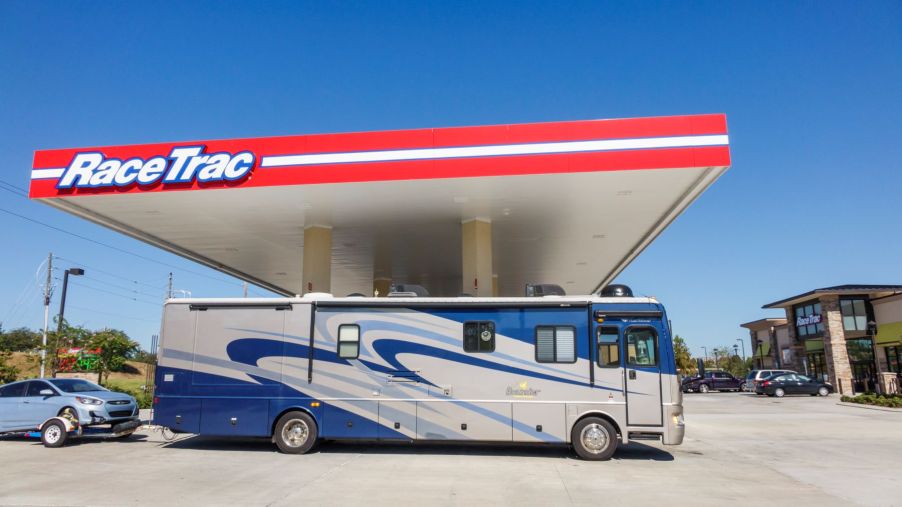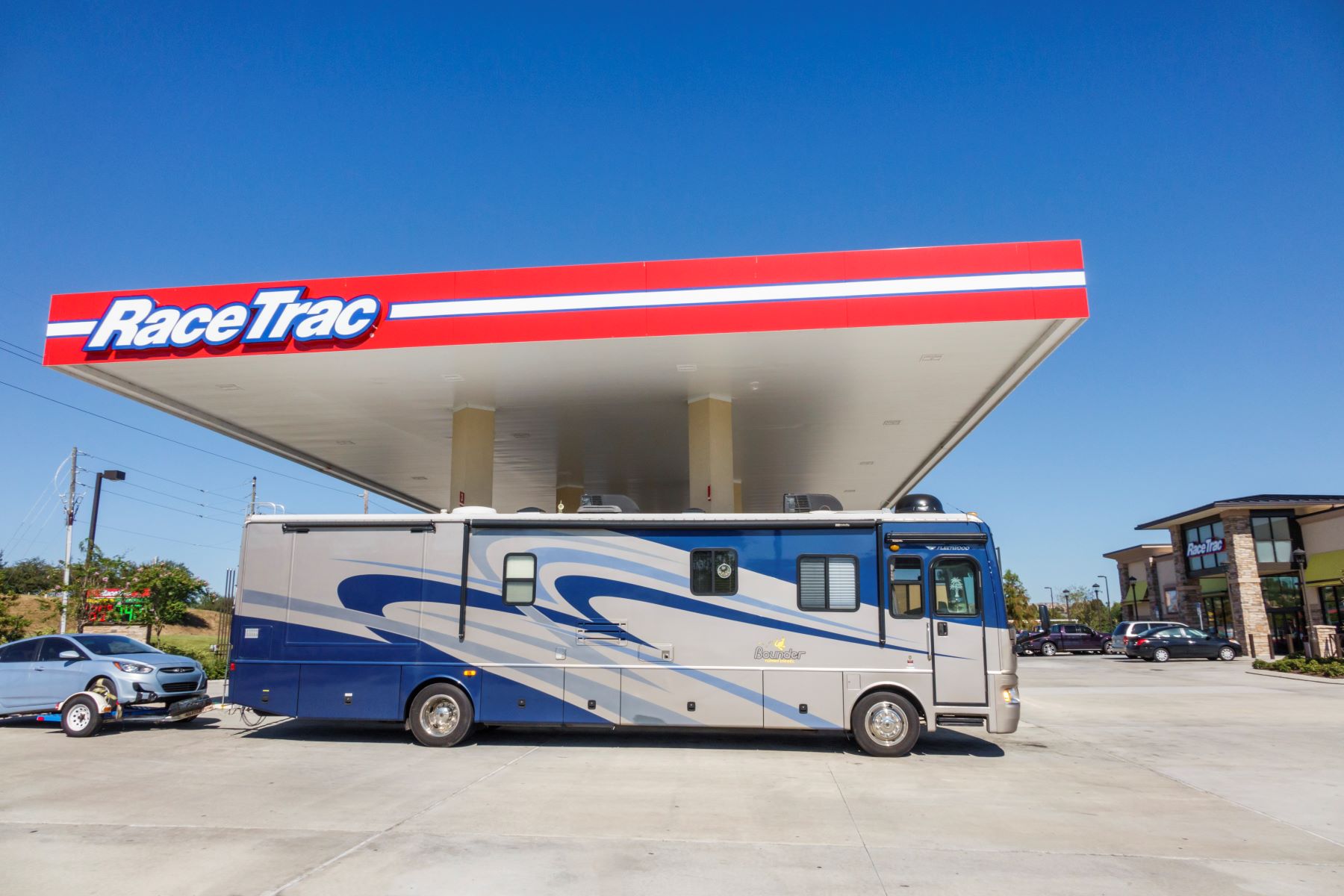
10 Ways to Improve Your RV Gas Mileage
Thanks to the high gas prices, everyone, including RV owners, are probably thinking about how to improve their vehicle’s gas mileage. After all, an RV is still a vehicle, so there is a lot of overlap between what works for a small sedan and what works for a recreational vehicle. Here’s a look at 10 ways to improve your RV’s gas mileage.
1. Do a maintenance check on your RV

According to Geico, a straightforward way to improve your gas mileage is by simply doing a maintenance check. One area that RV owners should especially pay attention to is air filters. These filters usually need to be changed every six months, and if they’re clogged, they can lead to increased fuel consumption.
2. Lose some weight
Like a regular sedan, a heavy RV will burn more fuel than a lighter model. That said, not all RVs are made the same, so how much weight your RV can lose will vary. However, as a general rule of thumb, Geico wrote that if you have something that you haven’t used in six months, you can get rid of it to save weight.
3. Keep your tires at a good pressure
Another tip that applies to all cars is keeping your tires at their ideal pressure. This will reduce drag, which means that your engine will need less fuel to do its job.
4. Balance matters
RV owners can improve fuel economy by optimizing their RV’s weight distribution. Heavy things should be closer to the floor, and RV owners should try to distribute their stuff to balance all four sides of their RV.
5. Don’t use your A/C so much
Like in other cars, using your A/C aggressively can negatively impact your RV’s fuel economy. In fact, if your A/C is at its max setting, it can hurt your fuel efficiency by up to 25%.
6. Cruise at a smooth and safe speed
Aggressive driving is also a bad idea, and it’s why Geico says that cruising at a safe and constant speed is better overall for your fuel economy. In fact, driving fast, braking hard, and accelerating quickly can increase your RV’s fuel consumption massively. Plus, driving at a smooth and constant speed is the safer way to drive.
7. Plan your RV route
Unlike regular car owners, RV owners typically drive their vehicles a long distance. This makes route planning even more critical, as some drivers may be able to find cheaper gas stations along a specific route than on other roads.
8. Explore areas closer to home
No matter the gas prices, RV owners can enjoy their recreational vehicle while saving on gas money by simply picking a destination closer to home. Short drives need less fuel, after all.
9. Use fuel-efficient tires on your RV
Tires can matter in another way, according to Camper Report. Certain tires are more fuel-efficient than others. These tires are called eco tires, and they have a lower rolling resistance than average. Depending on the particular brand of eco tire that you pick, your car can improve its fuel economy by about 4%.
10. Change your fluids regularly
Another way you can improve your RV’s fuel economy, once again, has to do with simple routine maintenance. Whether you use synthetic or conventional oil, the key is to keep your oil changes routine. This way, your engine can be at its most fuel-efficient state.


